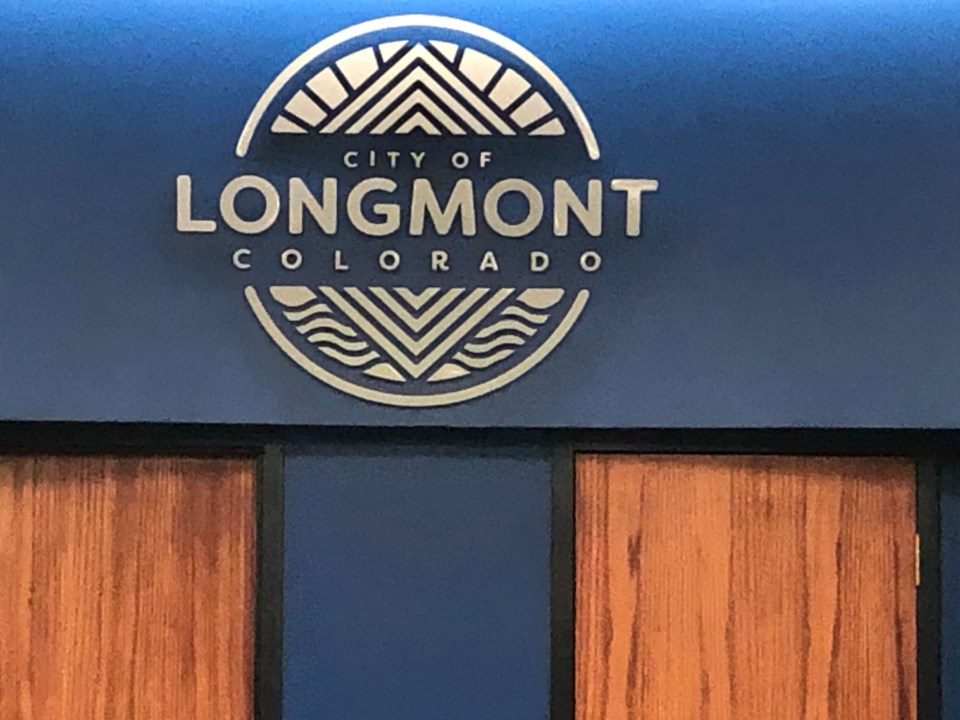City Councilors want to be informed regularly about any proposed changes to the boundaries of the city’s three wards while also avoiding being seen as exerting too much influence over the ward adjustment process.
“The worst thing we can do is to make this look politicized,” Councilor Tim Water said Tuesday during a council work session.
Councilors took the first steps Tuesday night in the process of reviewing and redoing ward boundaries as is done every 10 years after the latest U.S. Census.
Councilors said the process should be open to them and the public to review over the next several months. The city council said its members should still maintain a distance while the data is being analyzed and then put on paper.
“I definitely like to have a robust community outreach (on ward boundaries) before it gets to the council,” added Council Aren Rodriguez. “I don’t think we want to be seen holding a heavy hand in the process.”
Councilors also said they wanted city officials to bring them proposed boundary changes before July 2023.
City Clerk Dawn Quintana outlined the process for reviewing the city’s ward boundaries during the study session. There will be scheduled public meetings beginning in November followed by in-person and online presentations.
By February 2023, officials want to be able to submit draft maps and create final proposed boundary maps for review.
The city has contracted with the Colorado Municipal League’s Clerk Advisor Program to assist in the process.
The Longmont City Charter requires that the boundaries of each ward shall be reestablished after 10 years in order to make sure each of the three city election wards have about the same number of electors, according to a city staff report to the city council.
Every 10 years, Congress conducts the U.S. census, which counts every person living in the United States to determine representation in Congress. Once the federal government has conducted the census, states use the data collected to add or remove Congressional districts, the staff report states.
Once states have redrawn their U.S. Congressional districts, then states, counties and local governments redraw their respective districts or wards that meet the same constitutional doctrines, state statutes, and municipal charger requirements.
The last time the election ward boundaries were adjusted was 2012. The population of each of the three wards using 2020 Census data is:
- Ward 1 - 35,593
- Ward 2 - 27,584
- Ward 3 - 34,746
Longmont’s total population is 98,923 people, according to the 2020 Census. City officials say they expect the city's population to reach 100,000 this year.
New ward boundaries must be approved by the city council no later than 120 days before the regular municipal election. The last day to approve new ward boundaries is July 10, 2023, the staff report states.
When governments redraw their district or ward boundaries, the must meet several requirements, including
- Equal populations
- Racial Equality
- Compactness
- Contiguity
- Preservation of boundaries
- Communities of interest.
Redistricting also must be done in compliance with all local, state, and federal laws including the Federal Voting Rights Act, Quintana told the council.
Redistricting must not be done to favor or disfavor a political party and redistricting should not change a seated elected official to a different district, she said.



